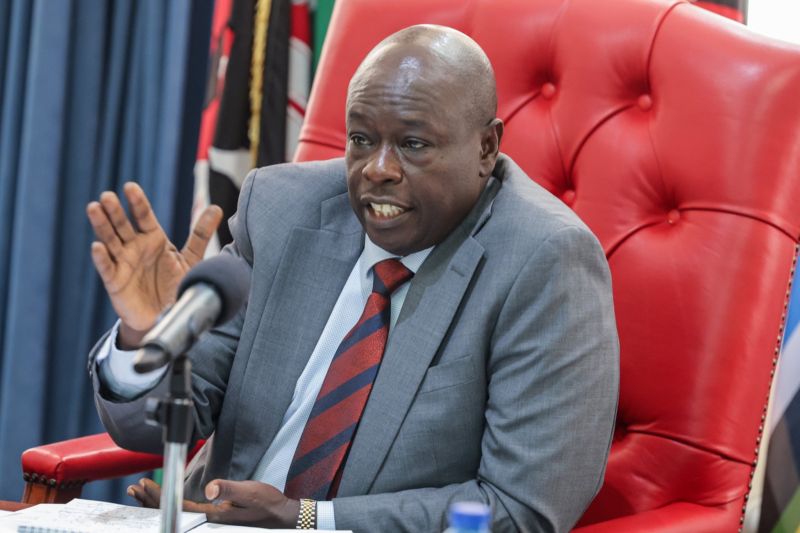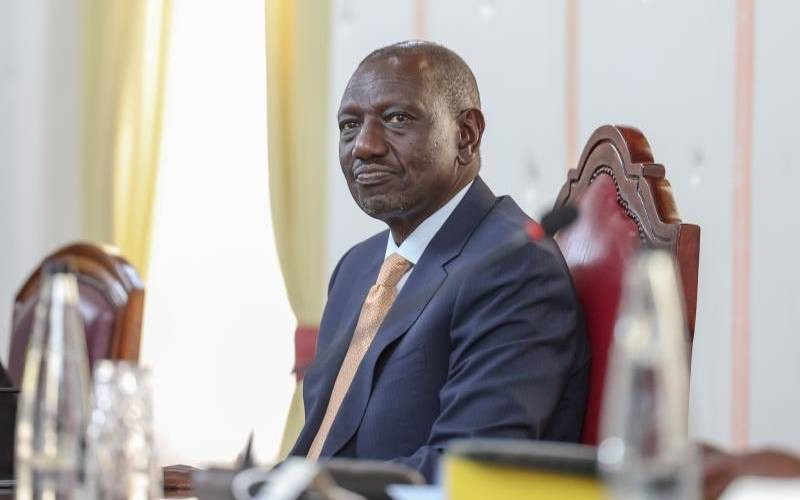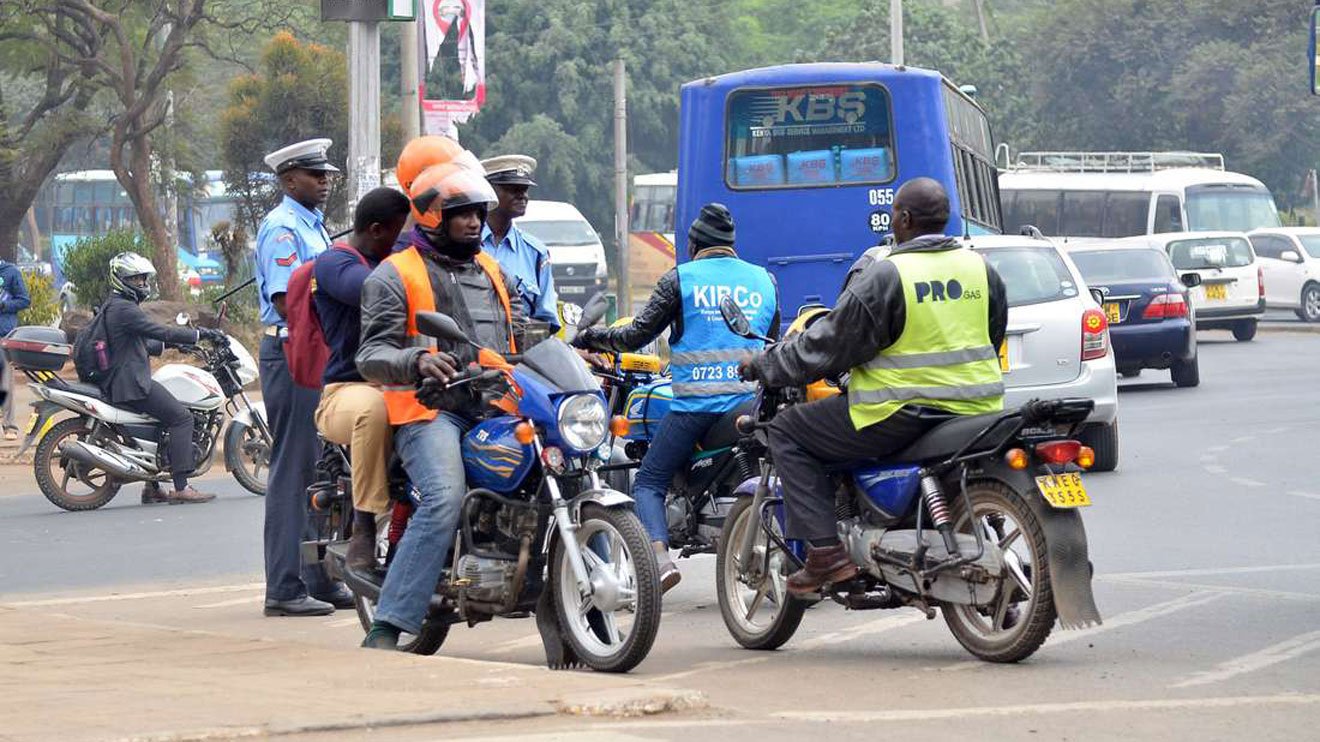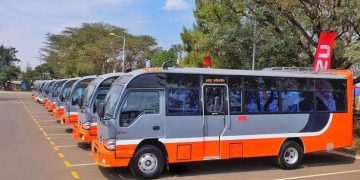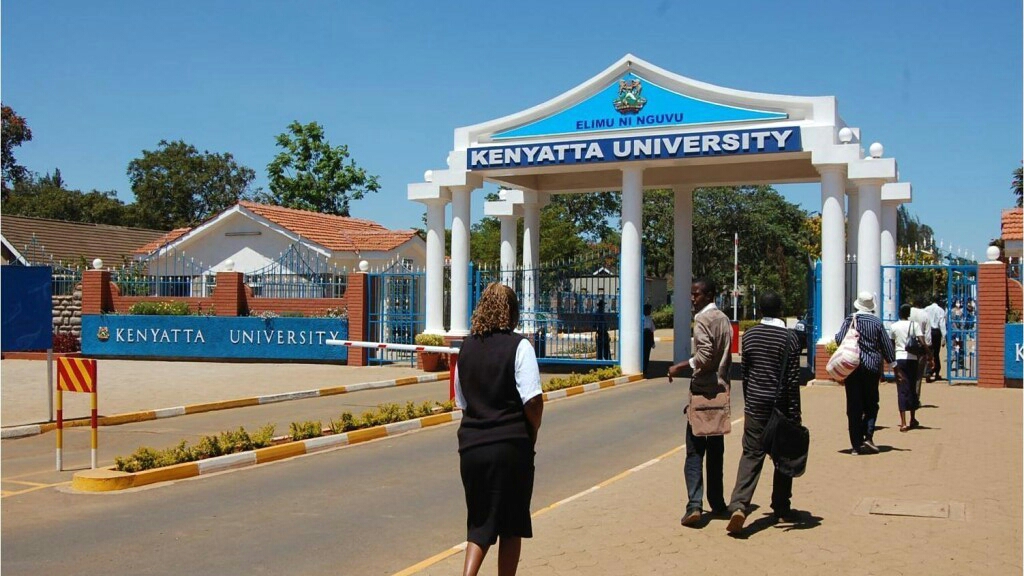The Ministry of Education has detailed how it plans to apply a new funding model that takes family income stratification into account when enrolling students in postsecondary education programs.
Five “banding categories” will be introduced by the government to categorize students according to their household’s capacity to pay tuition; the most economically disadvantaged will be given more government loans and sponsorship.
- Band One will include students from households earning up to KSh 5,995 and government will pay 70% of fees and loan them 25% – totaling to 95% provision.
- Band Two will include students from families earning up to KSh 23,670 and will receive 90% of government aid – 60% scholarship and 30% loaning.
- Band Three’s will include students from households earning up to KSh 70,000 and will receive 80% of government funding – with 50% scholarship and 30% loans.
- Band Four will include students from households earning up to KSh 120,000 and they will receive 40% as government sponsorship and 30% as loans.
- The final category will include students from households earning more than KSh 120,000 and they will only receive 20% of government sponsorship and 30% loans.
The banding model is set to cover applicants yet to join tertiary institutions this year while continuing students will retain funding based on previous model.
Speaking at the 42nd graduation ceremony of University of Eastern Africa – Baraton on Sunday, President William Ruto emphasized that the new funding model aims to support children from the most vulnerable families to access funding for higher education while being mindful of the government’s revenue crunch.
“I am persuaded that we need a funding model that is not focused on universities but students, a model that will not leave any student out, one that recognizes there are children from vulnerable families that need affirmative action,” President Ruto said.
After withdrawal of Finance Bill 2024, higher education was a major casualty in the budget review. Funding for universities was slashed from KSh 19.6 billion to KSh 2.6 billion.
Higher Education Loans Board (HELB) saw its allocation reduced from KSh 31.9 billion to KSh 710 million. These setbacks precipitated the government to alter its funding model to streamline operations.
Interested applicants are expected to submit their birth certificates, parents’ details, academic index numbers, passport photos, and their college admission letters at the Higher Education Financing (HEF) portal.
The funding model is also slated to ensure timely disbursement of funds to students, with delays cited as a major problem in the previous model.
The Challenge of the new model
The new funding model has raised queries about how government would effectively assess each household income as well as their level of need.
The system is complex, as households earning more than KSh 120,000 may still be considered needy if a significant portion of their income is allocated to other essential expenses.
Needless to say, many families have many dependents despite having higher incomes and government has not addressed this.

The funding model does not analyze income mobility or how government will re-evaluate funding if a certain household’s income grows or falls within a period of time.
Many Kenyans on the internet have also lamented that their kin have been placed in income bands they don’t really belong in, and have questioned government’s criteria for evaluating stratification.
There are also concerns that the model will be corrupted and students who aren’t really needy may bribe their way into lower bands to secure higher government sponsorship.
This has always been a prevalent reality in many equity-based programs and the new university funding model is a viable candidate for this vice.






